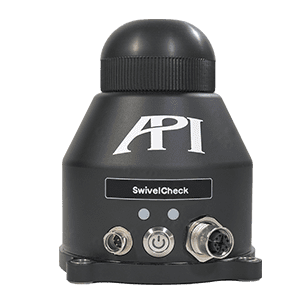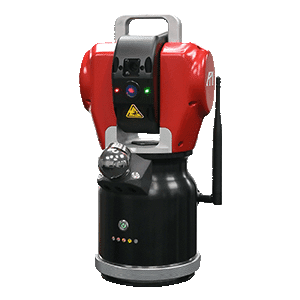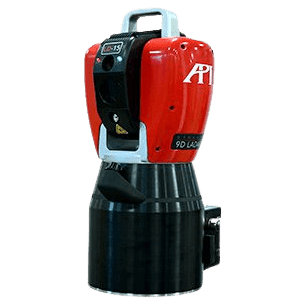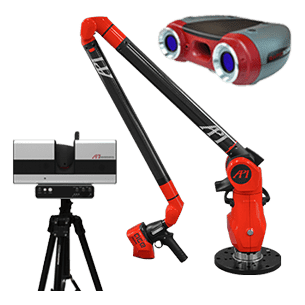3 Ways to Ensure the Accuracy of Your Laser Tracker
Over time, Laser Tracker operators naturally see an erosion in the product’s performance. Wear and tear from regular use, plus a host of environmental factors, create a slippage in accuracy over time (even on a daily basis). Fortunately, there are many ways to test your laser tracker to determine whether it is fit for service. There are a lot of different terminologies to refer to these “fitness tests,” chief among them Compensation, Certification, and Calibration. What are the differences between Compensation, Certification, and Calibration, and how do you know which method is appropriate for your tracker at the time? This article will take a closer look at what steps are performed during each process, and how often they should be employed.
Compensation – To counterbalance or make up for a deficiency.
Compensation is the first level of verification for a laser tracker. It is the series of checks that you can perform on your unit to make sure that certain key parameters are within specification. The most common compensation checks are one and four-point Quick Volumetric Compensation (VEC), front-back sight check, and ADM Verification. They should be performed on a day to day and job to job basis.
It is important to note that these checks are just that: checks. They identify inaccuracies in the laser and make small modifications to the tracker’s parameter file to adjust for them. These checks, however, cannot identify if the source of the inaccuracy is environmental or a larger mechanical issue. Performing compensation prior to each measurement session will allow the user to determine if something has gone wrong with their unit and to see trends over time. If compensation checks are returning consistent errors, a more intensive certification or calibration may be necessary.
Certification – An official document confirming status.
Certification is the second level of tracker verification. It is a process which runs the laser tracker through a series of tests and checks to determine whether it is performing within the manufacturer’s stated Maximum Permissible Error (MPE). If the unit is within specification, the vendor will provide a certification sticker showing it has passed. If the tracker is outside of its specification, the unit fails, and the vendor has no means of bringing it back within specification. We recommend that you have this process performed at least annually.
The advantage of certification is that it can be performed at either a service center or at the customer’s site. API’s Services team can certify up to five trackers (including other tracker brands) onsite in a single day. This allows manufacturers to verify their entire tracker line without the downtime of sending the products away. Certification, however, does not correct the errors that can cause a unit to fail. To correct the errors, the unit will need to be sent in for calibration.
Calibration – To check an instrument against a standard and make corrections.
Calibration is the third, and highest, level of tracker verification. Just like certification, it is a process that runs the laser tracker through a series of tests and checks to determine its performance against the manufacturer’s stated MPEs. The difference is, if the unit is found to be out of specification, the vendor can adjust the tracker to bring it back within specification. Once this process is complete, the vendor will provide a calibration sticker and an A2LA accredited ISO 17025 certificated calibration certificate.
This process must be performed at a service center, so the corrections can be performed against control groups with known dimensions. Most importantly, a tracker does not need to be malfunctioning to be sent in for calibration. Regular, scheduled calibrations allow for small errors to be identified before they begin to effect production efficiency and require costly, time-consuming repairs. We recommend that you have this process performed annually.
To review, there are 3 main processes for verifying your laser tracker: compensation, certification, and calibration. Each has its own function, and when they’re used in harmony, they ensure and extend the accurate measuring lifespan of your tracker.
To schedule certification or calibration from API Services for your Laser Tracker, click here.













